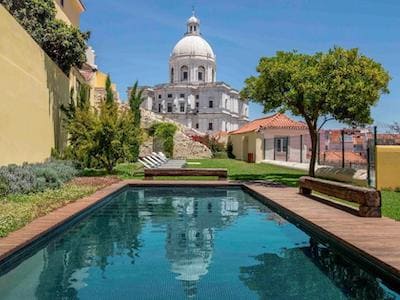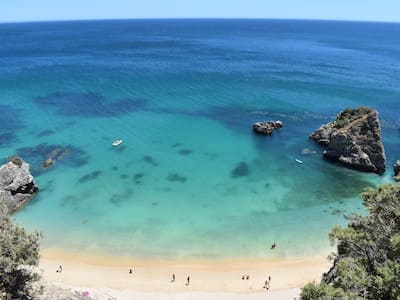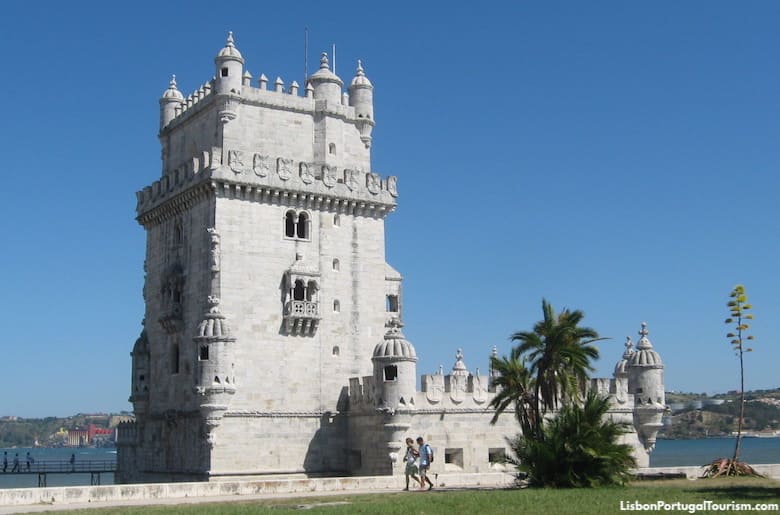
The Belém Tower, located where the Tagus River meets the Atlantic
It looks like a small fairytale castle rising from the river, but this tower was built in 1515 as a beacon and fortress to guard the entrance to Lisbon’s harbor. It also served as a prison, and as the departure point for many of the “voyages of discovery” that took Portugal’s navigators to previously uncharted territories.
The discovery of Brazil, global trade, and the colonization of parts of Africa and Asia, gave the king an unprecedented wealth, so the monument was eventually embellished with motifs glorifying the age. Carved into the stone are twisted ropes, knots, crosses, and armillary spheres, plus a rhinoceros that inspired a famous drawing by Durer, which is now in London’s British Museum. Apparently an Indian king offered the beast to the Portuguese king in 1513, and upon its arrival in Lisbon it caused great curiosity and fascination all over Europe. Its depiction on this tower is the first Western representation of the then-exotic animal.
On the façade there is also a sculpted St. Michael (whose image accompanied Vasco da Gama on his epic voyage to India in 1498), and a St. Vincent, who’s the patron saint of Lisbon.
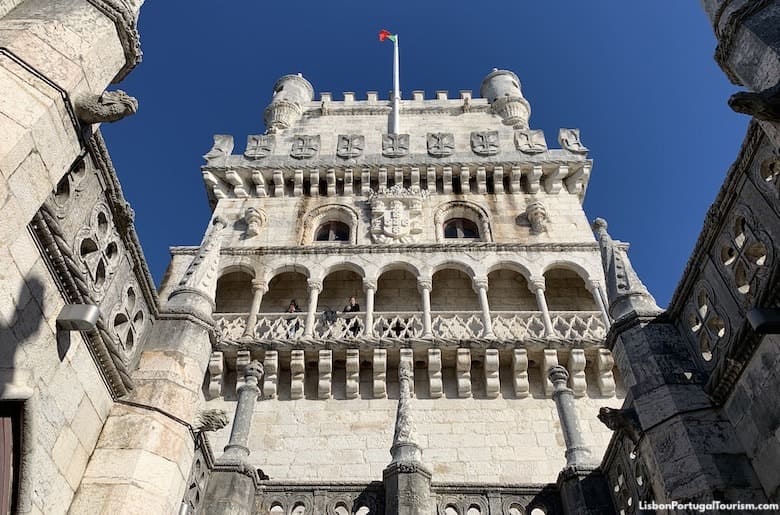
The intricately-sculpted loggias and balconies facing the river
The impressive stonework, the uniqueness of the architecture and the historical significance has made UNESCO list it as a World Heritage Site . It’s Lisbon’s most iconic landmark, and one that no tourist can miss. Only 150 people are allowed inside at a time, so there are usually long lines outside -- try to go early in the morning.
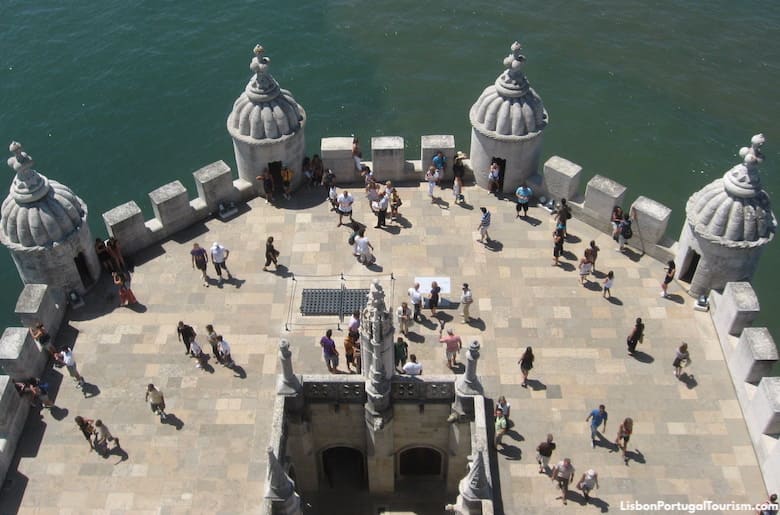
The terrace that seems to float on the river
Once inside, visitors can admire the façade that faces the river, which features the most impressive stonework. That includes an image of Our Lady of Safe Homecoming, who was believed to protect sailors. Surrounding it are six turrets with small windows, where soldiers hid their guns and cannons.
Below it is a small cloister with Gothic arches, whose original function was to ventilate the interior, releasing the smoke caused by the firing of the artillery. Past a series of cannons pointing out the window is a low-ceilinged dungeon, where political prisoners were held.
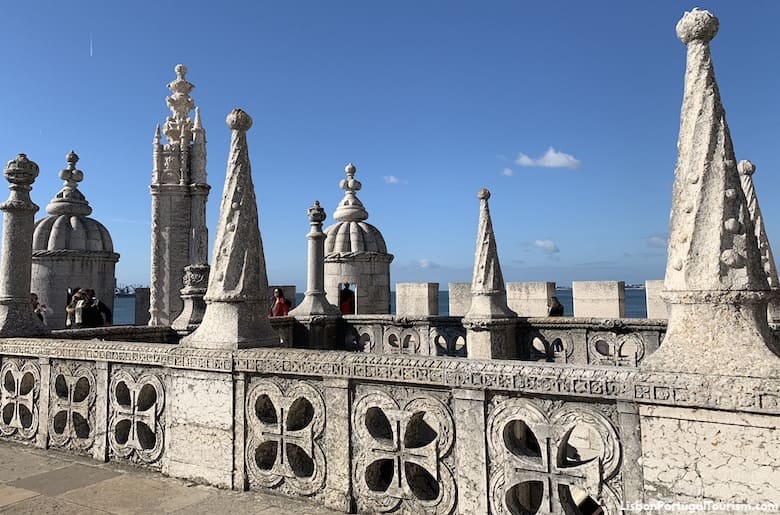
Manueline (Portuguese Gothic) details on the terrace
Up the narrow, spiraling staircase are intricately-sculpted loggias, balconies and windows, and a room showing a video about the history of the tower. At the very top is a terrace with wonderful views of the Tagus estuary and the neighboring landmarks.
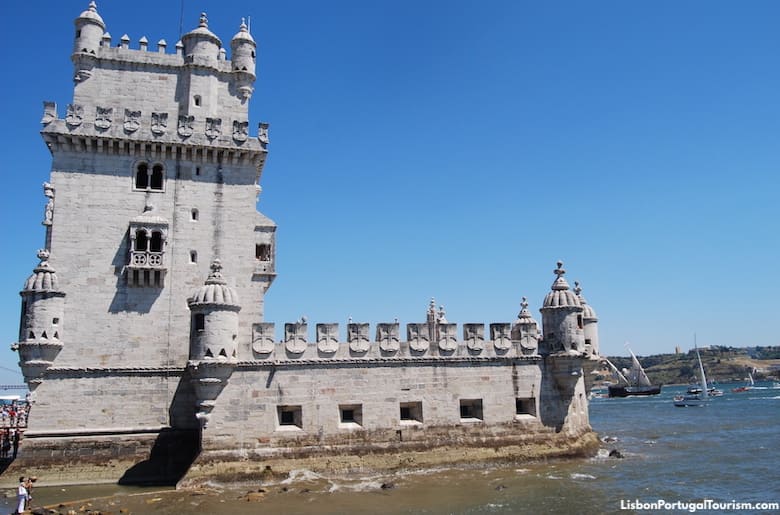
At high tide, the tower is surrounded by water.
How to Get to Belém Tower
The fastest way to get to Belém Tower from the center of Lisbon is taking the train that goes to Cascais, departing every 20 minutes from Cais do Sodré Station. It reaches Belém in just seven minutes, and from the station you may walk down the waterfront, past the Discoveries Monument to the tower.
Bus 714 and tram 15, both departing from Praça da Figueira downtown, also go to Belém, but they take much longer than the train. The tram is also more expensive and is usually too crowded and therefore uncomfortable.
You may ride the train, the tram and the bus for free with the Lisboa Card.
Avenida da Índia, Belém
Admission and Tickets to Belém Tower
Admission is €8.00 and you may buy your ticket online: Belém Tower Ticket
It’s free with the Lisboa Card.
It's closed on Mondays
Attractions Nearby
To the east of the tower is the Discoveries Monument. To the west is the Champalimaud Center for the Unknown, whose terraces offer a view of the tower.
Where to Stay by the Belém Tower
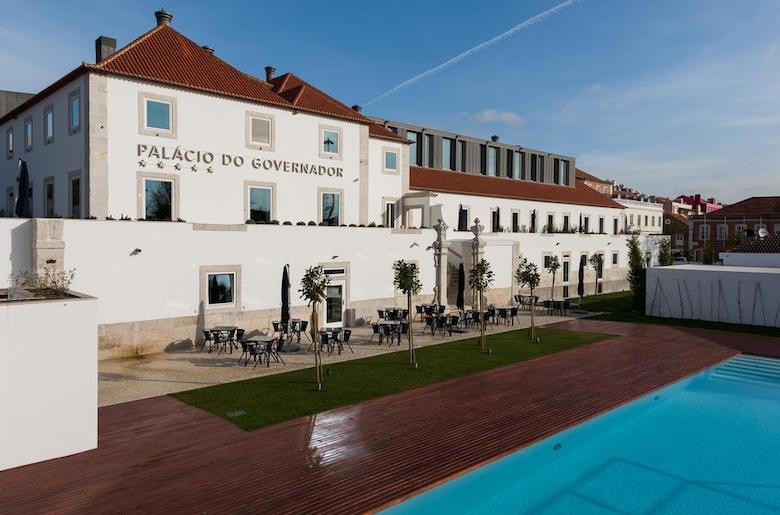
Palácio do Governador
Belém Tower had its own governor in the 16th century, and his residence is now a hotel. It’s found across the road, and it’s also something of a museum. It incorporates historical pieces found during the building’s renovation in the décor, including baroque tile panels and Roman artifacts. The rooms, by award-winning designer Nini Andrade Silva, also feature a contemporary design, and there’s a good restaurant and a spa. Best of all is the large outdoor swimming pool, with a view of the tower.
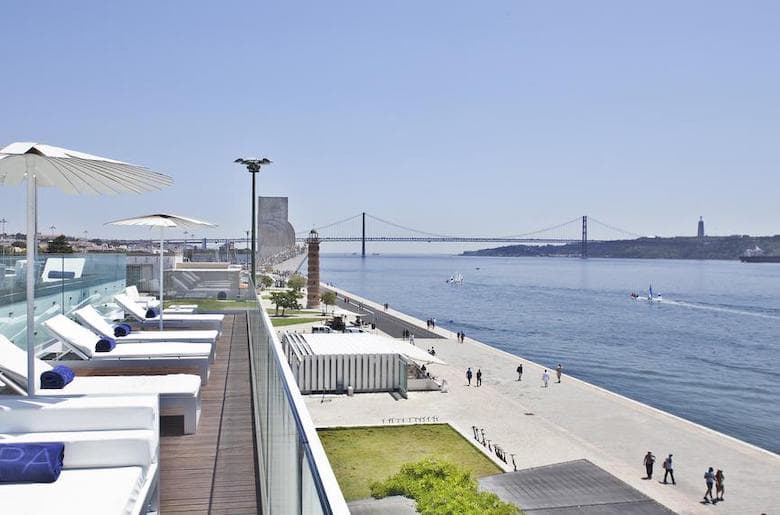
Altis Belém
Located between the Discoveries Monument and Belém Tower, this waterfront hotel is as close to a beach resort as you’ll get in Lisbon, just before the seaside suburbs (which are just minutes away). The contemporary interior is inspired by the Age of Discovery, especially the Michelin-starred restaurant. There’s also a second, more informal restaurant with outdoor seating, and a bar to chill out by the river. The rooftop has a pool and spa, from where you can see the tower.

